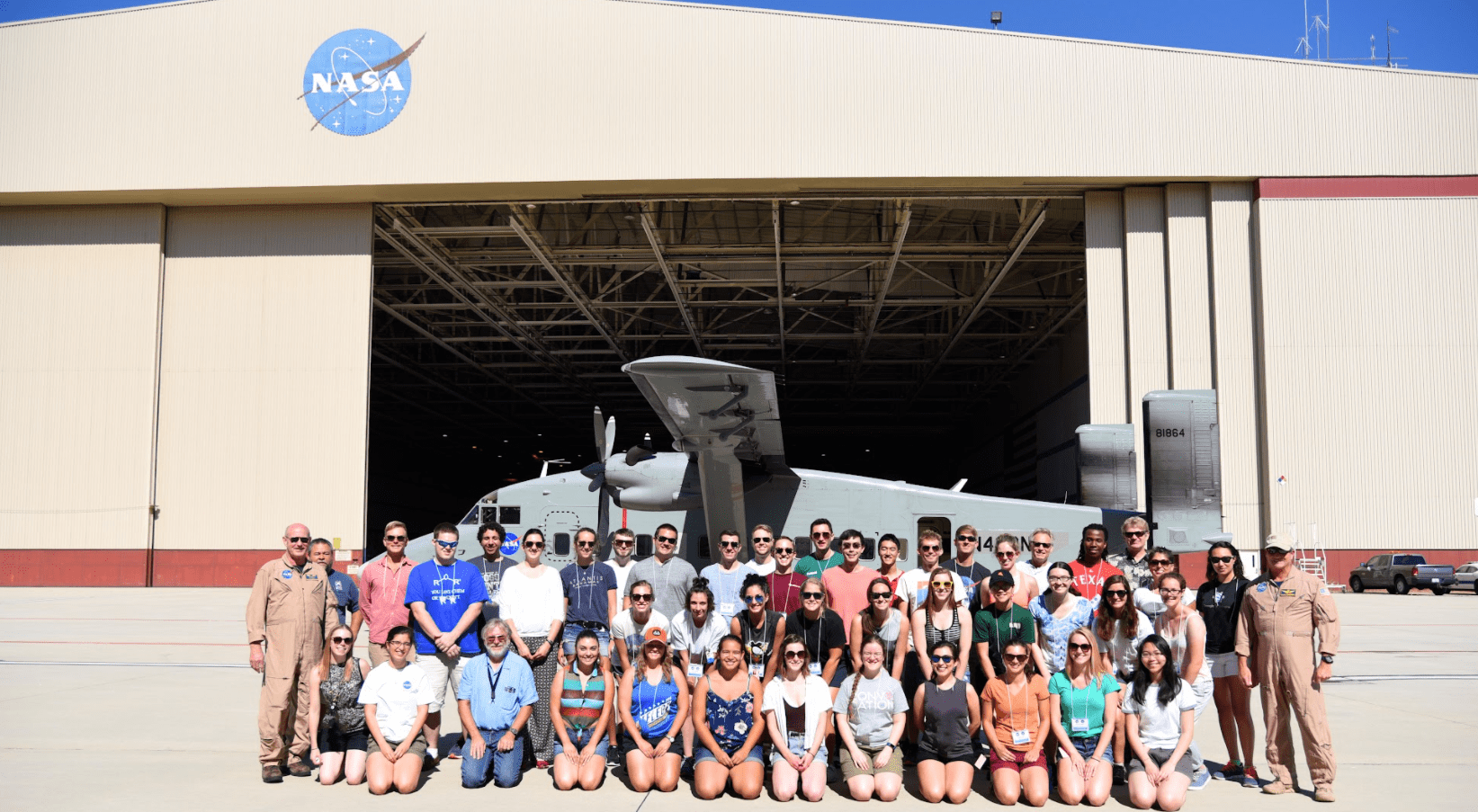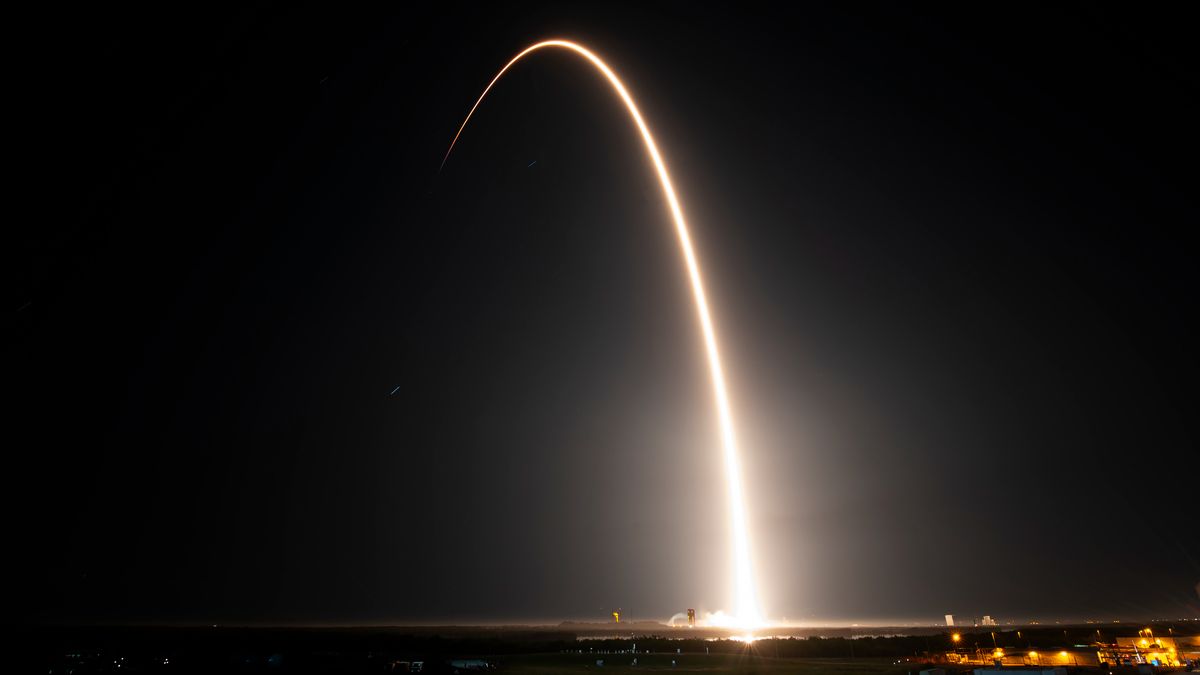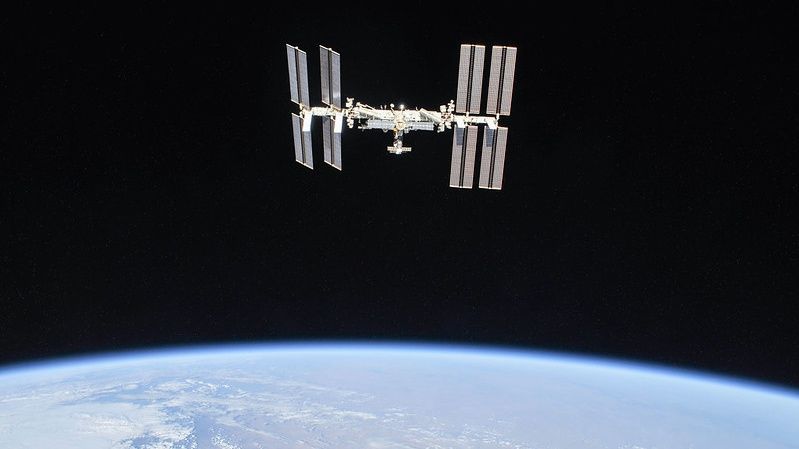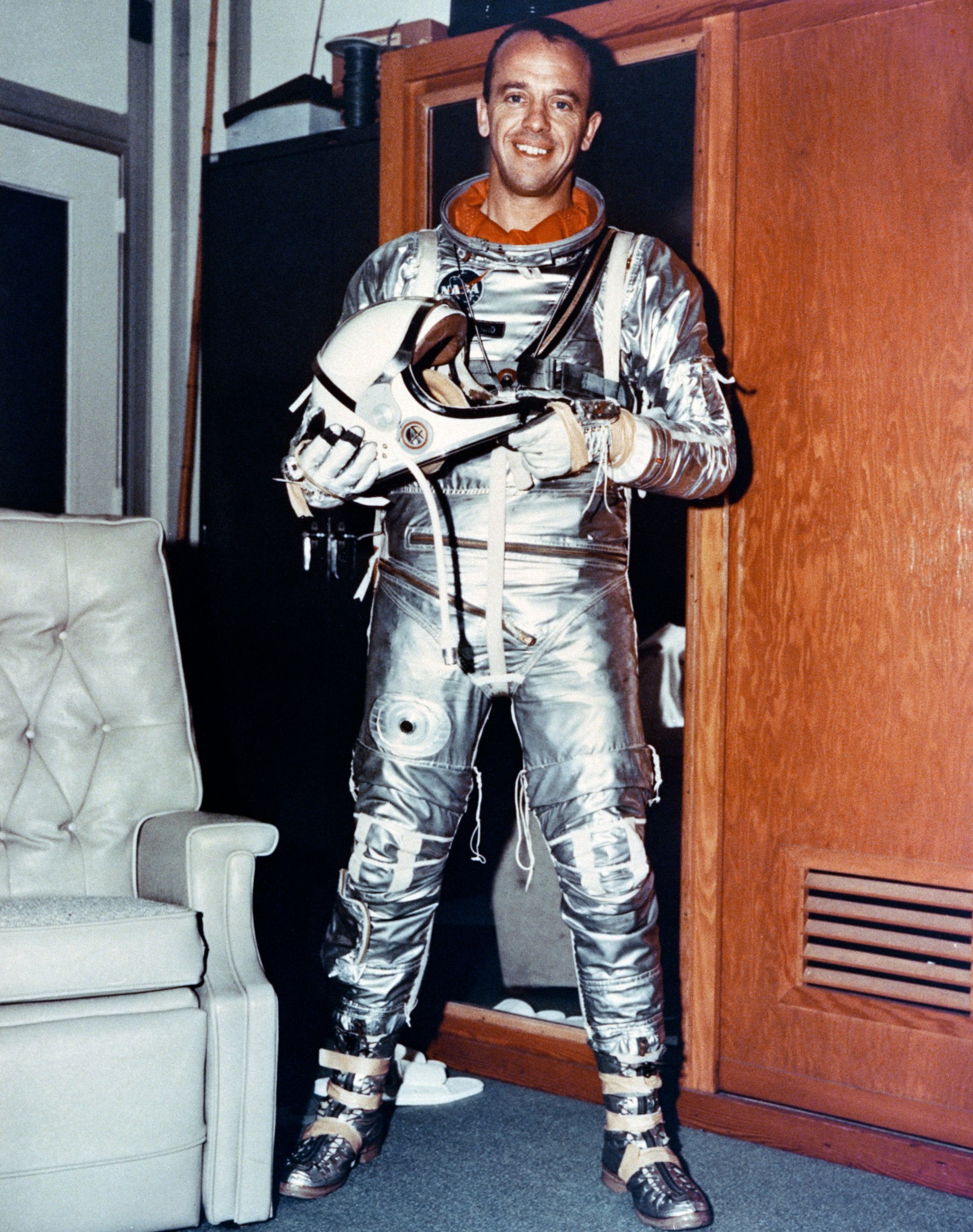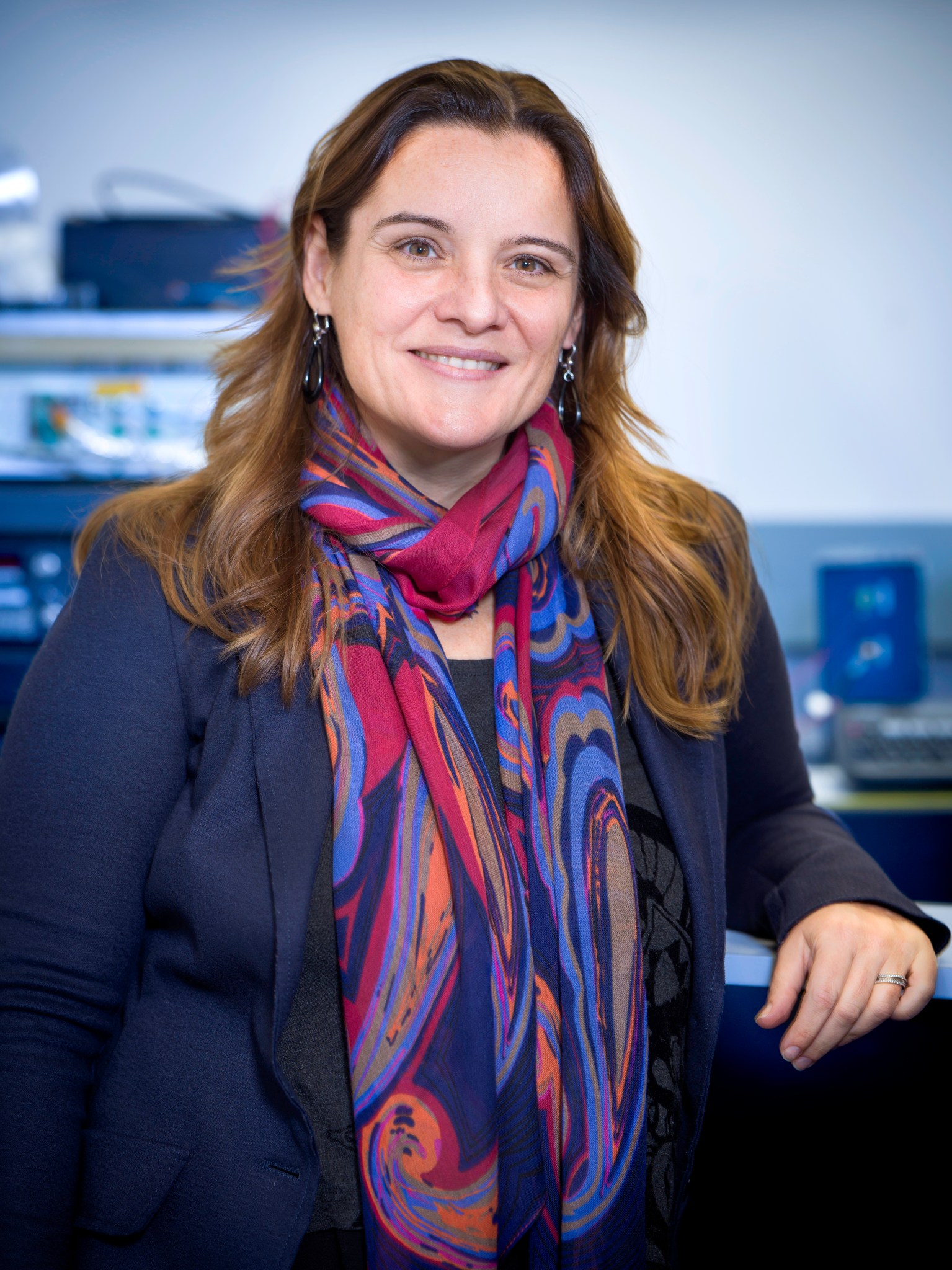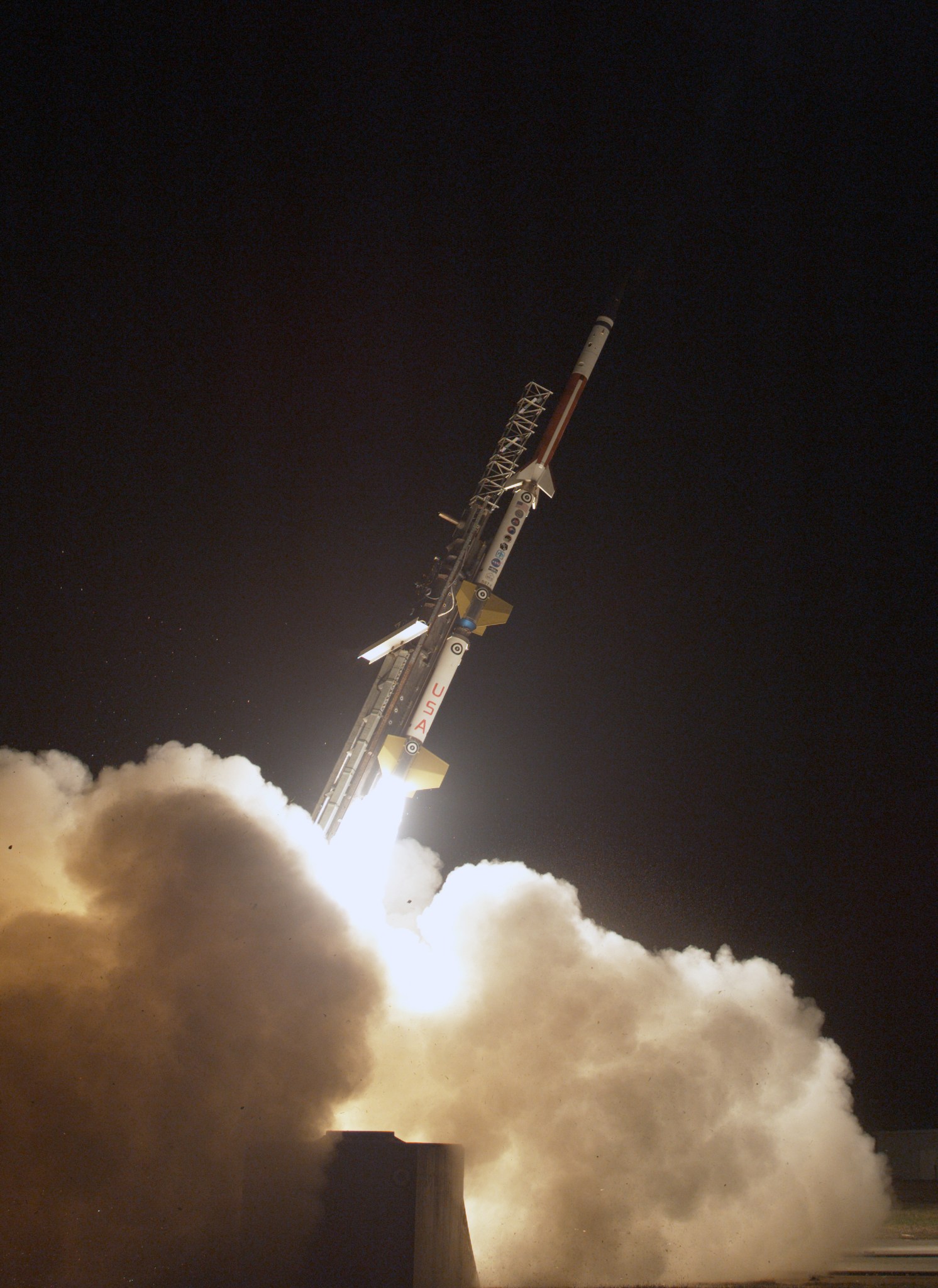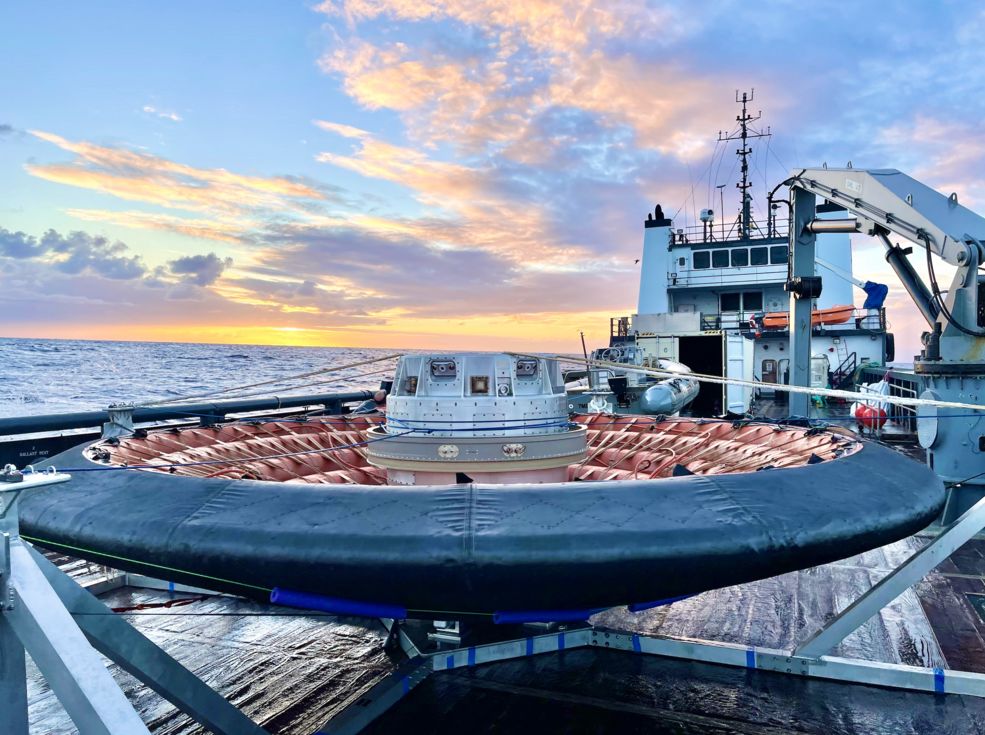3 min read 2022 SaSa Graduate Student Mentors Emily Faber Emily is an Atmospheric Physics Ph.D. student at the University of Maryland, Baltimore County. She is finishing her 3rd year and works in the Laboratory for Atmospheric Studies and Particle Light Interaction under the guidance of Dr. Adriana Rocha Lima. She is interested in improving the physical parameterization of climate models through a better understanding of physical processes that drive the climate. Her thesis work sits in the space between physical measurements and climate modeling and seeks to improve the physical parameterization of surface…
Read MoreMonth: November 2023
SpaceX to launch 22 Starlink satellites tonight on 1st of back-to-back missions
SpaceX is set to launch 22 Starlink internet satellites from Florida tonight (Nov. 17), on the first of two planned missions in a three-hour span. A SpaceX Falcon 9 rocket is scheduled to lift off from Florida’s Cape Canaveral Space Force Station tonight during a four-hour window that opens at 11:00 p.m. EDT (0400 GMT on Nov. 18). You can watch the action live via SpaceX’s account on X (formerly known as Twitter). Coverage is expected to begin about five minutes before launch. Related: Starlink satellite train: How to see…
Read MoreThe universe is expanding faster than theory predicts – physicists are searching for new ideas that might explain the mismatch
This article was originally published at The Conversation. The publication contributed the article to Space.com’s Expert Voices: Op-Ed & Insights. Ryan Keeley is a Postdoctoral Scholar in Physics, University of California, Merced. Astronomers have known for decades that the universe is expanding. When they use telescopes to observe faraway galaxies, they see that these galaxies are moving away from Earth. To astronomers, the wavelength of light a galaxy emits is longer the faster the galaxy is moving away from us. The farther away the galaxy is, the more its light has shifted toward the longer…
Read MoreQuantum chemistry experiment on ISS creates exotic 5th state of matter
Aboard the International Space Station, there’s a compact lab about the size of a small refrigerator that makes some of the coldest stuff in the universe. It’s called the Cold Atom Lab, and for some time, scientists have been using this chamber to research the strange quantum properties of atoms in microgravity. But on Wednesday (Nov. 15), they announced they’ve reached a milestone. Operated remotely by a team with NASA’s Jet Propulsion Laboratory (JPL) in California, the Cold Atom Lab officially generated a quantum gas containing two species of atoms.…
Read MoreCelebrating Astronaut Alan Shepard’s 100th Birthday
Astronaut Alan B. Shepard Jr., attired in his Mercury pressure suit, poses for a photo on May 5, 1961, prior to his launch in a Mercury-Redstone 3 spacecraft from Cape Canaveral on a suborbital mission – the first U.S. manned spaceflight. NASA Born barely 20 years after the Wright Brothers’ first flight, Alan Shepard grew up to fly combat missions in World War II, test multiple new aircraft, become the first American in space, and ultimately hit the first golf shot on the Moon. Born on Nov. 18, 1923, Shepard…
Read MoreArtemis II Astronauts View SLS Core Stage at Michoud
NASA / Michael DeMocker Artemis II NASA astronauts Reid Wiseman and Christina Koch of NASA, and CSA (Canadian Space Agency) astronaut Jeremy Hansen view the core stage for the SLS (Space Launch System) rocket at the agency’s Michoud Assembly Facility in New Orleans on Nov. 16. The three astronauts, along with NASA’s Victor Glover, will launch atop the rocket stage to venture around the Moon on Artemis II, the first crewed flight for Artemis. The SLS core stage, towering at 212 feet, is the backbone of the Moon rocket and includes…
Read MoreNASA Mission Excels at Spotting Greenhouse Gas Emission Sources
5 min read NASA Mission Excels at Spotting Greenhouse Gas Emission Sources Flaring, in which excess natural gas is intentionally burned into the air, is one way methane is released from oil and gas facilities. NASA’s EMIT mission, in more than a year in operation, has shown a proficiency at spotting emissions of methane and other greenhouse gases from space. Adobe Stock/Ilya Glovatskiy Since launching 16 months ago, the EMIT imaging spectrometer aboard the International Space Station has shown an ability to detect more than just surface minerals. More than…
Read MoreNASA Researcher Honored by Goddard Tech Office for Earth Science Work
Earth science researcher Dr. Antonia Gambacorta earned the 2023 Goddard IRAD Technology Leadership award for pioneering new ways to measure lower layers of Earth’s atmosphere from space. The award from the chief technologist of NASA’s Goddard Space Flight Center in Greenbelt, Maryland, recognizes Gambacorta’s work demonstrating how hyperspectral microwave sounding, the measurement of hundreds of thousands of wavelengths of microwave light, could dissect Earth’s atmospheric planetary boundary layer (PBL). She also conceptualized a microwave photonics radiometer instrument to reveal these measurements. NASA / Christopher Gunn The part of Earth’s atmosphere…
Read MoreNASA Wallops Supports Hypersonic Rocket Launches
NASA’s Wallops Flight Facility supported the launch of two suborbital sounding rockets on Nov. 15, 2023, for Navy Strategic Systems Programs (SSP), and the Missile Defense Agency (MDA), in coordination with Naval Surface Warfare Center, Crane Division (NSWC Crane) and the Office of the Secretary of Defense’s Test Resource Management Center (TRMC) Multi-Service Advanced Capability Hypersonic Test Bed (MACH TB). This subscale test was executed by Sandia National Laboratories. Data collected from this test will be used to inform the development of the Navy’s Conventional Prompt Strike (CPS), MDA’s hypersonic…
Read MoreThe Heat is On! NASA’s “Flawless” Heat Shield Demo Passes the Test
5 Min Read The Heat is On! NASA’s “Flawless” Heat Shield Demo Passes the Test The Low-Earth Orbit Flight Test of an Inflatable Decelerator, or LOFTID, spacecraft is pictured after its atmospheric re-entry test in November 2022. Credits: NASA / Greg Swanson A little more than a year ago, a NASA flight test article came screaming back from space at more than 18,000 mph, reaching temperatures of nearly 2,700 degrees Fahrenheit before gently splashing down in the Pacific Ocean. At that moment, it became the largest blunt body — a…
Read More